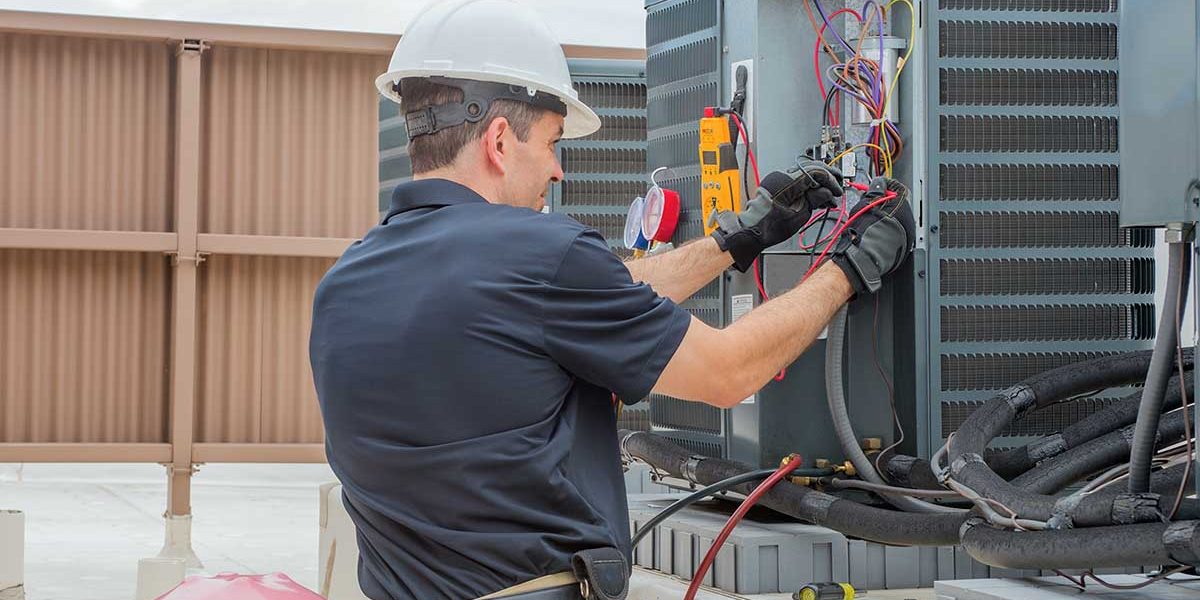What is a Mini Split AC System and How Does It Work?

A mini split AC system is a type of air conditioning system that offers an efficient and flexible solution for cooling and heating spaces without the need for ductwork. These systems are increasingly popular in residential and commercial applications due to their versatility and energy efficiency. Here’s a detailed look at what a mini split AC system is and how it operates.
What is a Mini Split AC System?
A mini split AC system consists of two main components:
-
Outdoor Unit: This unit houses the compressor and condenser. It is installed outside the building and is responsible for releasing heat absorbed from the indoor air.
-
Indoor Unit(s): These units are installed inside the building and can be mounted on walls, ceilings, or floors. They distribute cool or warm air into the living space.
Key Features
- Ductless Design: Unlike traditional HVAC systems, mini splits do not require ductwork, making them ideal for homes without existing ducts or for room additions.
- Zoned Heating and Cooling: Mini splits allow for individual temperature control in different rooms or zones, providing customized comfort.
- Energy Efficiency: Many mini split systems have high SEER (Seasonal Energy Efficiency Ratio) ratings, leading to lower energy bills.
How Does a Mini Split AC System Work?
1. Refrigeration Cycle
The operation of a mini split AC system is based on the refrigeration cycle, which involves the following steps:
-
Evaporation: The indoor unit contains an evaporator coil filled with refrigerant. As warm air from the room passes over the coil, the refrigerant absorbs heat and evaporates into a gas.
-
Compression: The gaseous refrigerant is then transported to the outdoor unit, where the compressor compresses it, raising its temperature and pressure.
-
Condensation: The high-pressure gas moves to the condenser coil in the outdoor unit. Here, it releases the absorbed heat to the outside air and condenses back into a liquid.
-
Expansion: The liquid refrigerant returns to the indoor unit through an expansion valve, where it experiences a drop in pressure and temperature, ready to absorb heat from the indoor air again.
2. Temperature Control
-
Thermostat Regulation: Each indoor unit is equipped with a thermostat that allows users to set their desired temperature. The system continuously monitors the temperature and adjusts the operation of the compressor and fan to maintain comfort.
-
Inverter Technology: Many modern mini split systems utilize inverter technology, which allows the compressor to adjust its speed according to the cooling or heating demand. This results in more efficient operation and consistent indoor temperatures.
3. Air Distribution
-
Fan Operation: The indoor unit contains a fan that circulates the conditioned air throughout the room. The fan can operate at different speeds to provide optimal airflow and comfort.
-
Multi-Zone Capability: In systems with multiple indoor units, each unit can operate independently, allowing for customized climate control in different areas of the home.
Conclusion
A mini split AC system is an efficient and flexible solution for heating and cooling spaces without the need for ductwork. By utilizing the refrigeration cycle, these systems provide effective temperature control and air distribution. With features like zoned cooling, inverter technology, and advanced filtration, mini split systems are an excellent choice for homeowners seeking comfort and energy efficiency. Whether for a single room or an entire home, mini split AC systems offer a versatile and effective climate control solution.




